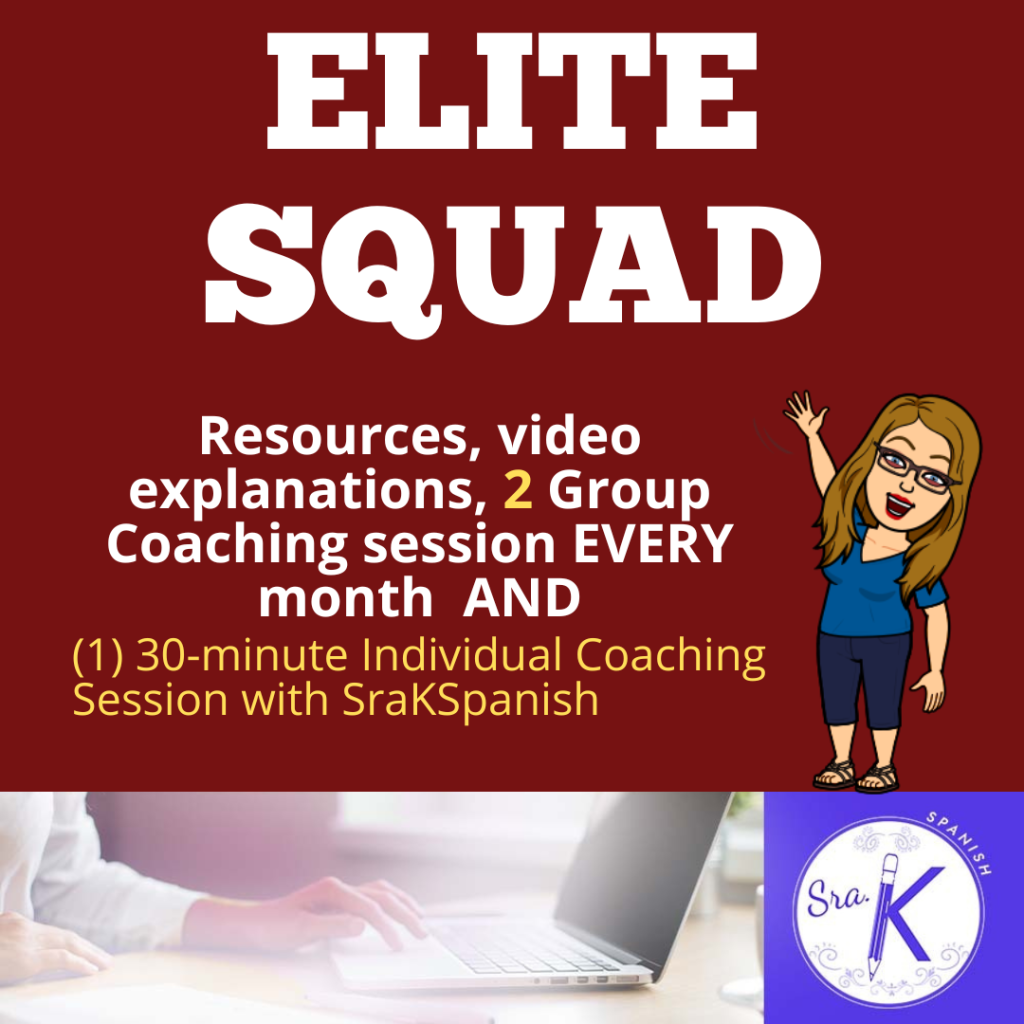I’ve been experimenting with different ways to engage our students in learning descriptive language, both for personalities and physical appearances, for Cycle 1 Phase 3 of the Stepping Stones Curricular Framework. This is the time we talk about being able to describe characters, which is in preparation for narrative storytelling. I wanted to share a few ideas with you (they aren’t new, but hopefully will spark a little interest), hoping they might be useful in your classroom:
Character Guess Who: Create a “Guess Who” game with characters from books, movies, or even historical figures. Students take turns asking yes/no questions about the characters’ physical features and personalities to guess who their opponent has in mind. It’s a fun way to reinforce vocabulary!
Storytelling with Mystery Characters: Tell very short stories that feature mystery characters. You can use existing people or just make it up. You could even use Chat GPT to help you generate the short stories! As you read the story aloud, give hints about their appearance and personality in context. Students can then draw or describe what they imagine the characters to be like based on the hints they’ve gathered. You can share the drawings under a document camera and ask the class to tell why/why not this drawing matches the story description.
Interview Celebrities: Have students imagine they are celebrity interviewers. They can prepare questions and conduct interviews with famous personalities. This activity encourages them to use descriptive language to paint a picture of the celebrity’s character and physical attributes. They can present these in small groups, to the class, or via video to you.
Descriptive Pictionary: Play a modified game of Pictionary where students draw characters based on your descriptions. For instance, you could describe a friendly, curly-haired, and adventurous person, and students have to draw what they envision. This game helps students connect words with visual representations.
I hope you find at least one of these ideas useful, and that they add some variety to class for a day! All of them are low/no prep, which is just the way I like it!
Do you have more ideas for engaging students to describe people? Share your thoughts in the comments below!
Happy teaching!
Alana
Find me on Instagram (@SraKSpanish) , Facebook (sra k Spanish) and Follow my TpT store as I build more resources!











